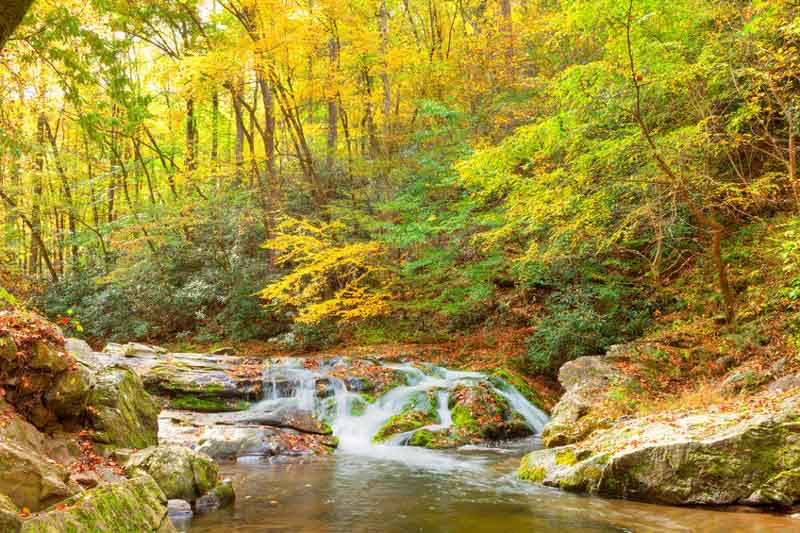Hardiness Zone 7 - The Best Plants to Grow in Your Garden
USDA Hardiness Zone 7 features a temperate climate with average minimum winter temperatures ranging from 0°F to 10°F (-17.8°C to -12.2°C). Gardeners and landscapers in Zone 7 can create thriving landscapes by selecting appropriate plants and employing specific gardening techniques to ensure the success of their gardens.
When choosing plants for Zone 7, it’s essential to select species that can withstand the local climate conditions. Native plants, which have evolved to thrive in the region’s conditions, are often ideal choices. Some trees, shrubs, perennials, and annuals suitable for Zone 7 include:
- Trees: Southern Magnolia (Magnolia grandiflora), Pink Oak (Quercus palustris), and Yoshino Cherry (Prunus x yedoensis).
- Shrubs: Azalea (Rhododendron spp.), Camellia (Camellia spp.), and Crape Myrtle (Lagerstroemia indica).
- Perennials: Bee Balm (Monarda spp.), Coreopsis (Coreopsis spp.), and Hellebore (Helleborus spp.).
- Annuals: Begonia (Begonia spp.), Snapdragon (Antirrhinum majus), and Coleus (Plectranthus scutellarioides).

